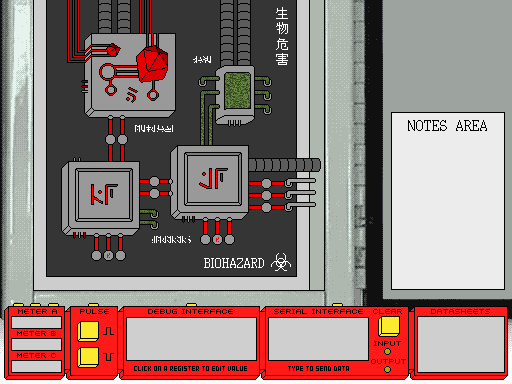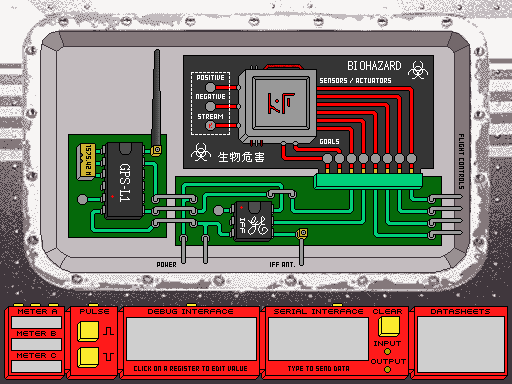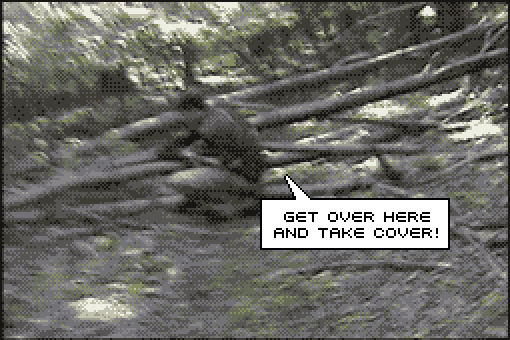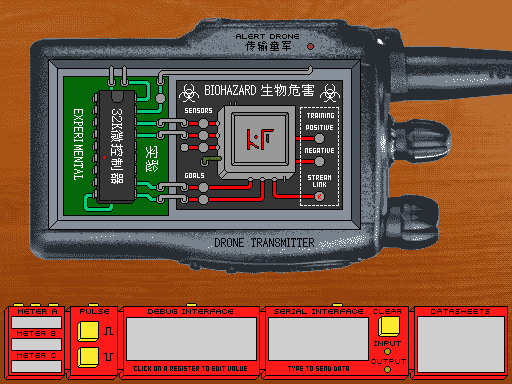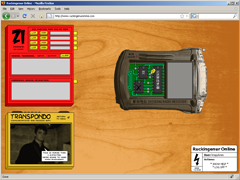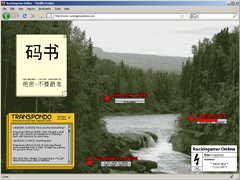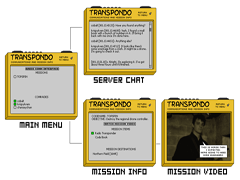Yesterday I released an alpha version of the Ruckingenur Editor to people who submitted an entry for Phase One and everyone else who was on my mailing list. While I intended to wait a few days before releasing it publicly, I figure that I might as well release it now; more people trying it out now means that we can work all the bugs out quicker.
You can download the editor here.
Everything that applied to Ruckingenur II applies to the Ruckingenur Editor; you’ll need .NET 2.0, it’ll probably crash if you’re running a 64-bit version of windows or don’t have a sound card installed, and should be easy to get running under Mono or Parallels.
The editor is fairly straight forward to use, with the only “hidden” feature being that you can hold down shift while dragging a circuit board, project box, or chip to drag everything that is on top of it along with it. While widgets are placed with default DisplayLevel values, you may sometimes have to tweak them to get things to stack the way you want – widgets with higher DisplayLevel values are placed above those with lower DisplayLevel values. When running a .ruck level, the Ruckingenur Player searches for a file called “script.lua” in the same directory and uses that as the script. Sounds and images that you add should be added to the same directory as the .ruck file. Check out the level1-remake folder for a full remake of level 1 from Ruckingenur II built in the Ruckingenur Editor.
You can learn about scripting Ruckingenur levels by exploring the level1-remake and the Ruckingenur Editor API.
If you have any questions or find any bugs, please email me at zachbarth@gmail.com! Good luck!

